Good news for donkeys with inspirational methods at brilliant sanctuary
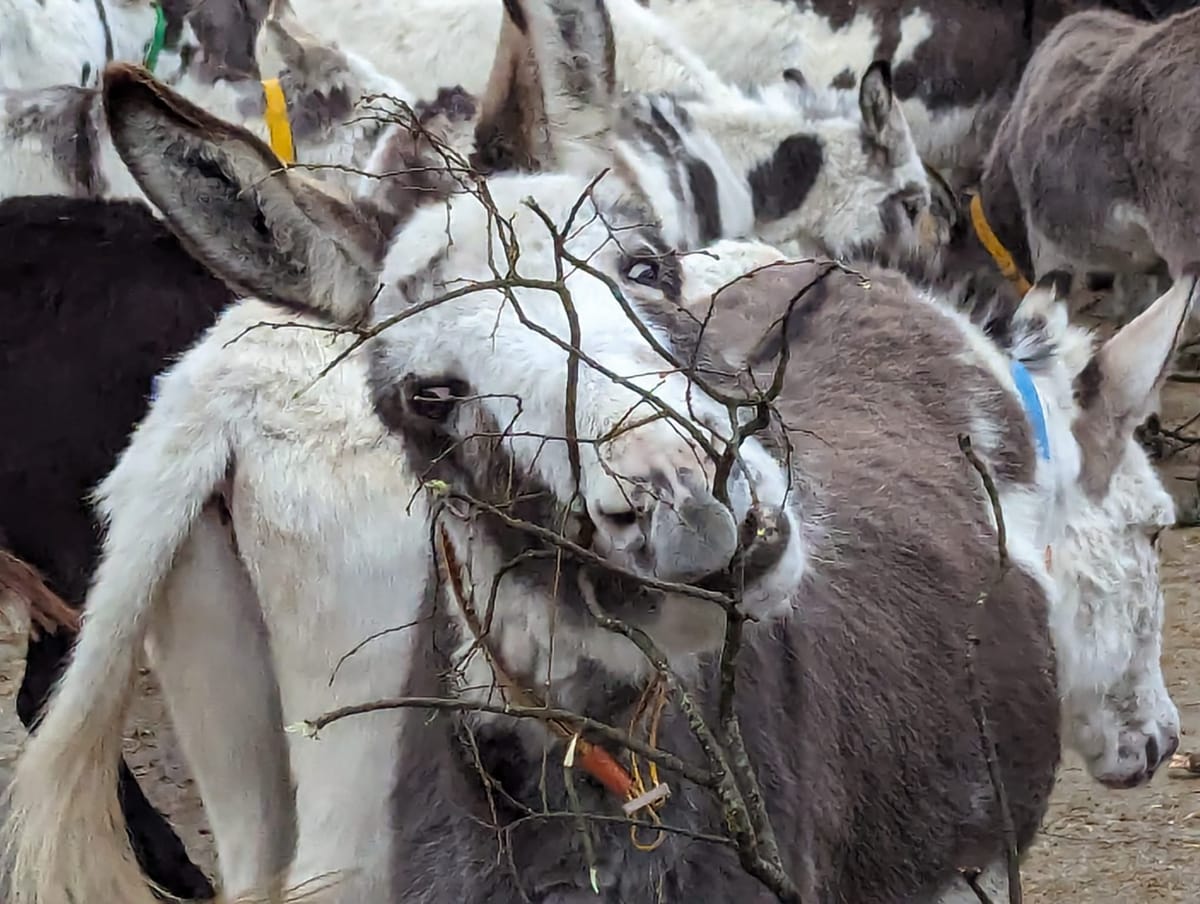
By Jill Dando News
It is good news for donkeys at a superb sanctuary.
The Donkey Sanctuary’s ecology and conservation team and their volunteers have been using centuries-old methods of managing hedges to help improve the environment for native wildlife and create effective windbreaks and enrichment features for the resident Sanctuary donkeys.
As visitors turn off the main road towards the Sidmouth sanctuary, they may notice a hundred or so metres of hedging has been lowered, and on closer inspection will see the hedge stems have been cut and laid down in the same direction.
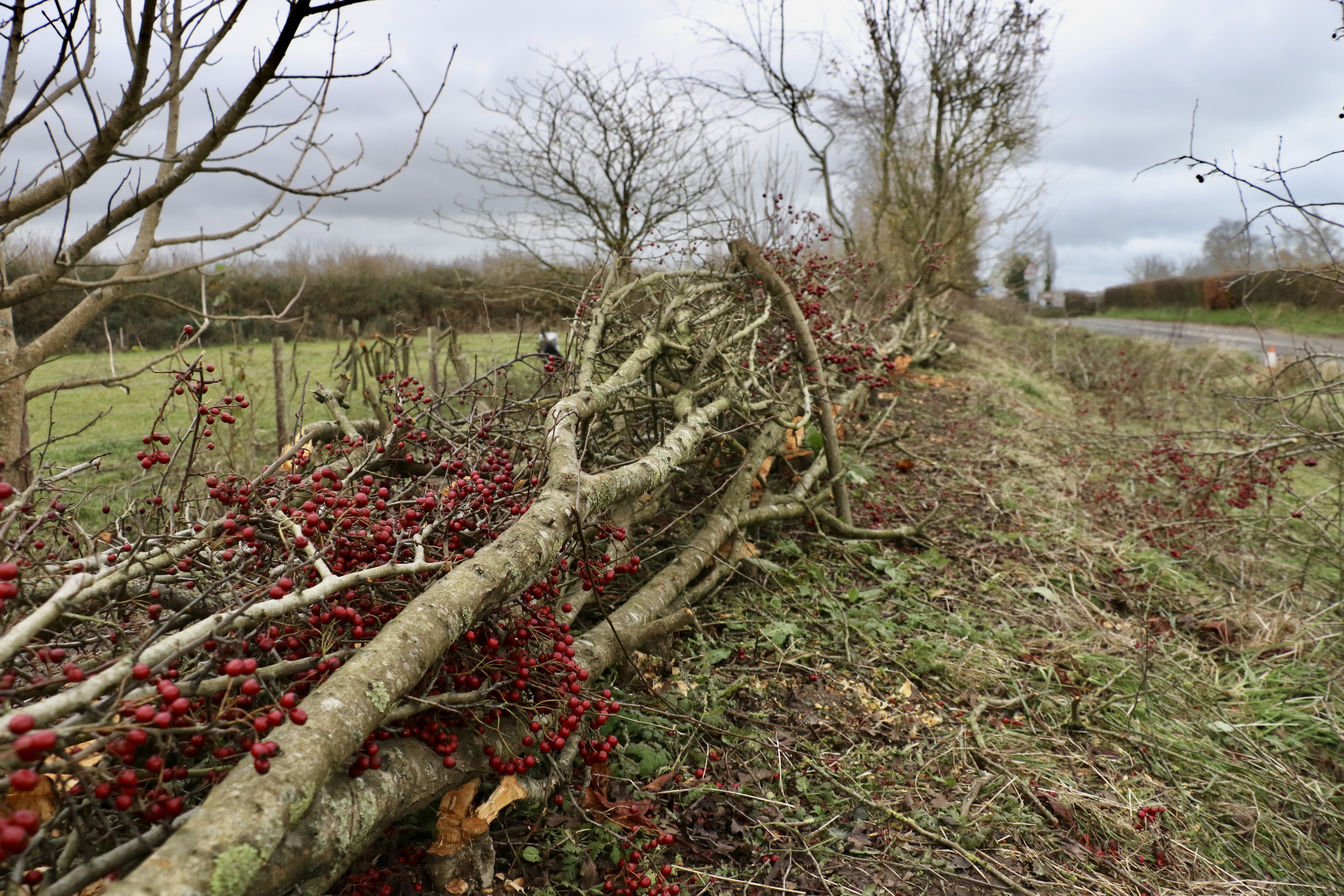
This traditional method of laying a hedgerow is a sustainable management practice, which will improve the health and longevity of the hedge. Historically, this method was implemented to create a strong secure natural field boundary for protecting livestock.
It also provides a vitally important refuge for wildlife, as the regrowth creates a denser hedge which produces more nuts, berries and nectar for birds, small mammals and insects to eat, as well as safer nesting sites and connectivity for animals as they move around the landscape.
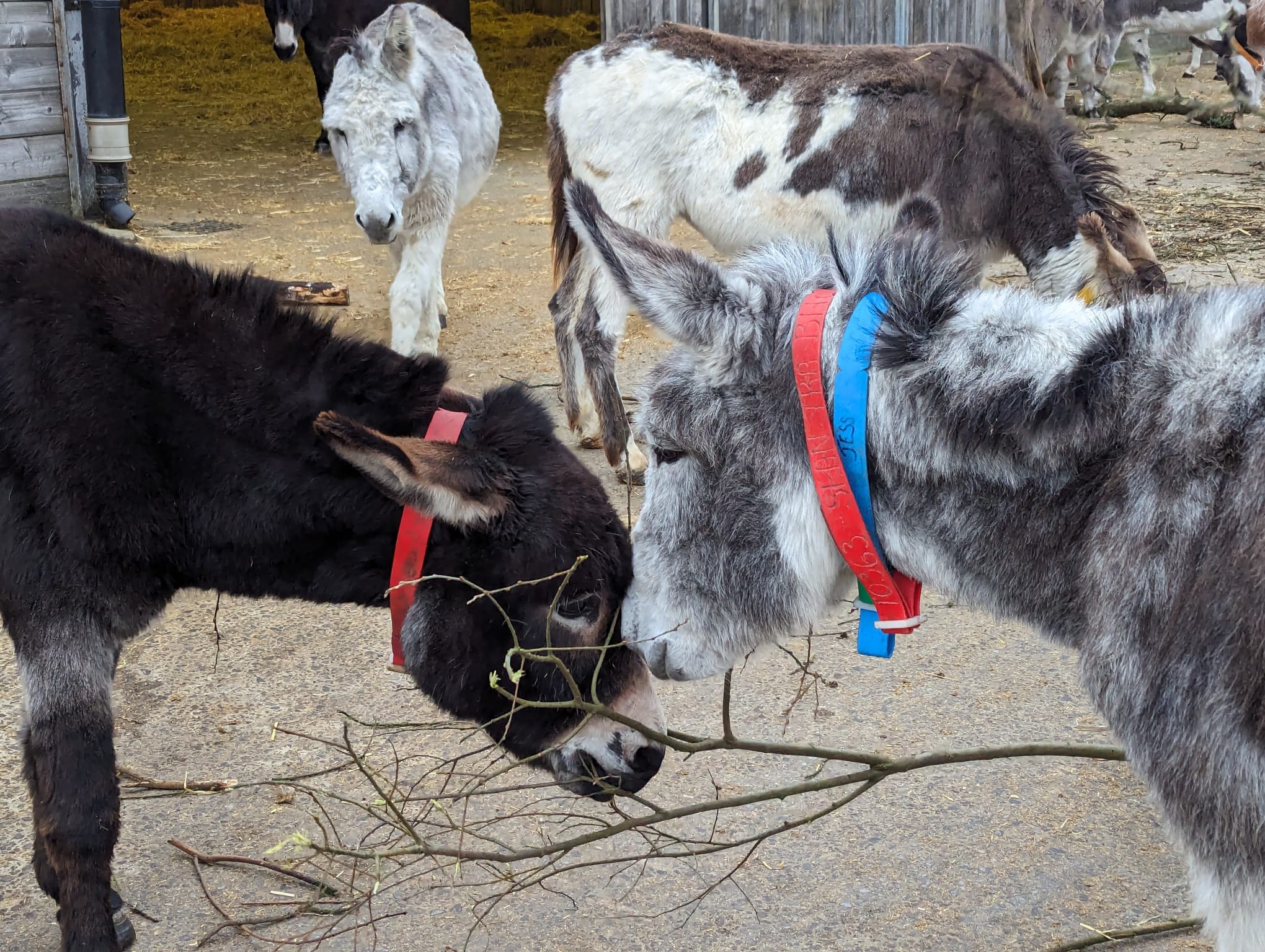
The work along the showcase hedge at the entrance to the Sanctuary has provided some well-received enrichment for the resident herds, who have been offered the offcuts of hawthorn and hazel to munch through.
Enrichment is very important for the resident donkeys and provides them with opportunities to interact with their environment, make choices and to be more mentally active. Browsing can alleviate boredom and add essential fibre to their diet and help with weight management.
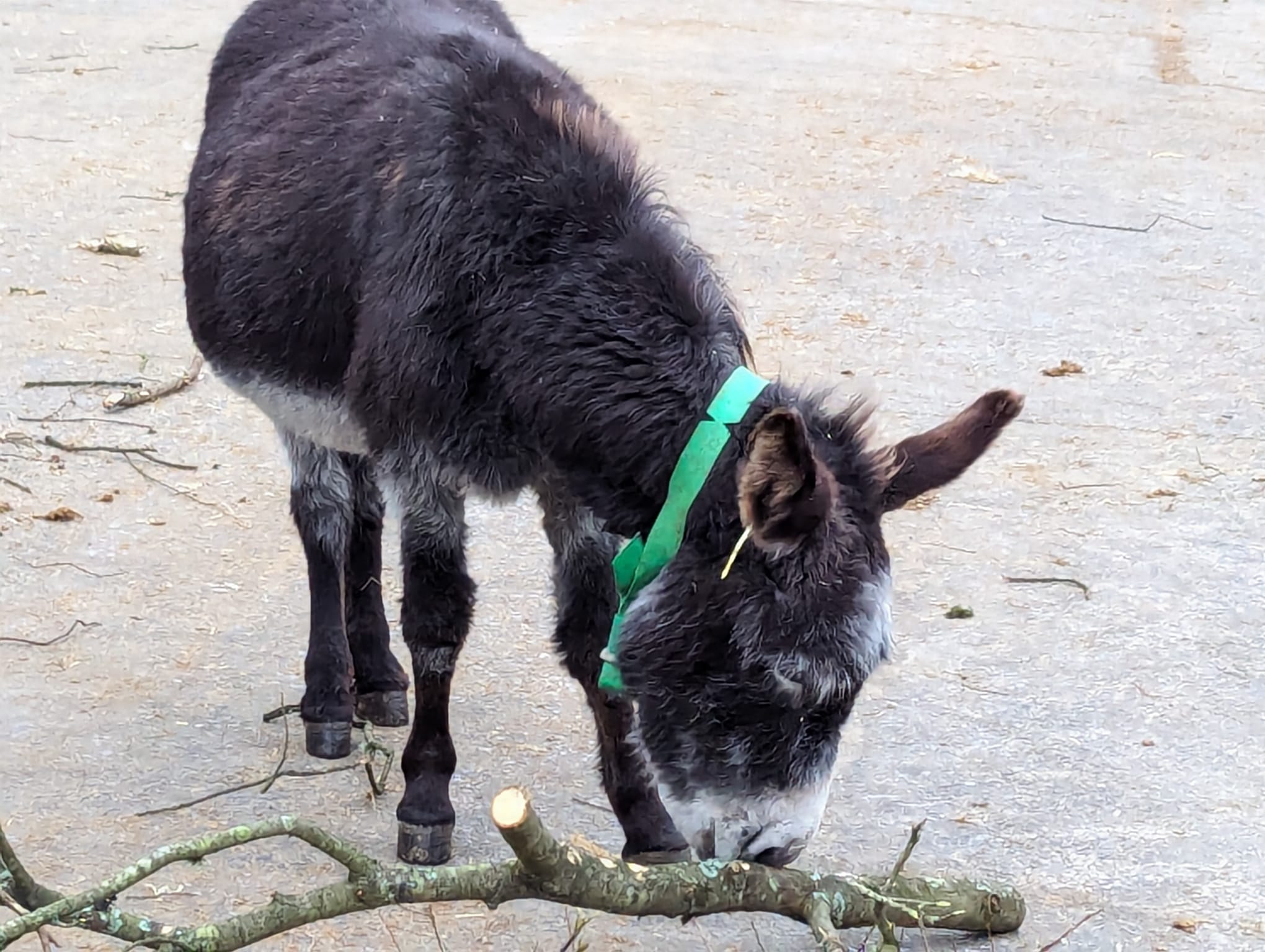
Hedge laying is a seasonal job that is carried out over the winter months when birds have finished nesting, and shrubs and trees are dormant. Hand tools are predominantly used to partially cut existing shrubs and small trees through their stems at an angle several inches above the ground.
The plants are then laid over in the direction of the hedge, weaved together and secured with stakes. This soon encourages new growth to be produced, which regrows from the base to fill the gaps and create a beautiful strong and dense hedge.
The Donkey Sanctuary’s Ecology and Conservation team and their volunteers have laid many hundreds of metres of hedges across sanctuary sites over the past few years. The new hedges not only provide safe commuting routes, more food and nesting sites to wildlife, but also create secure natural barriers which offer shade, shelter and safety to our donkeys.
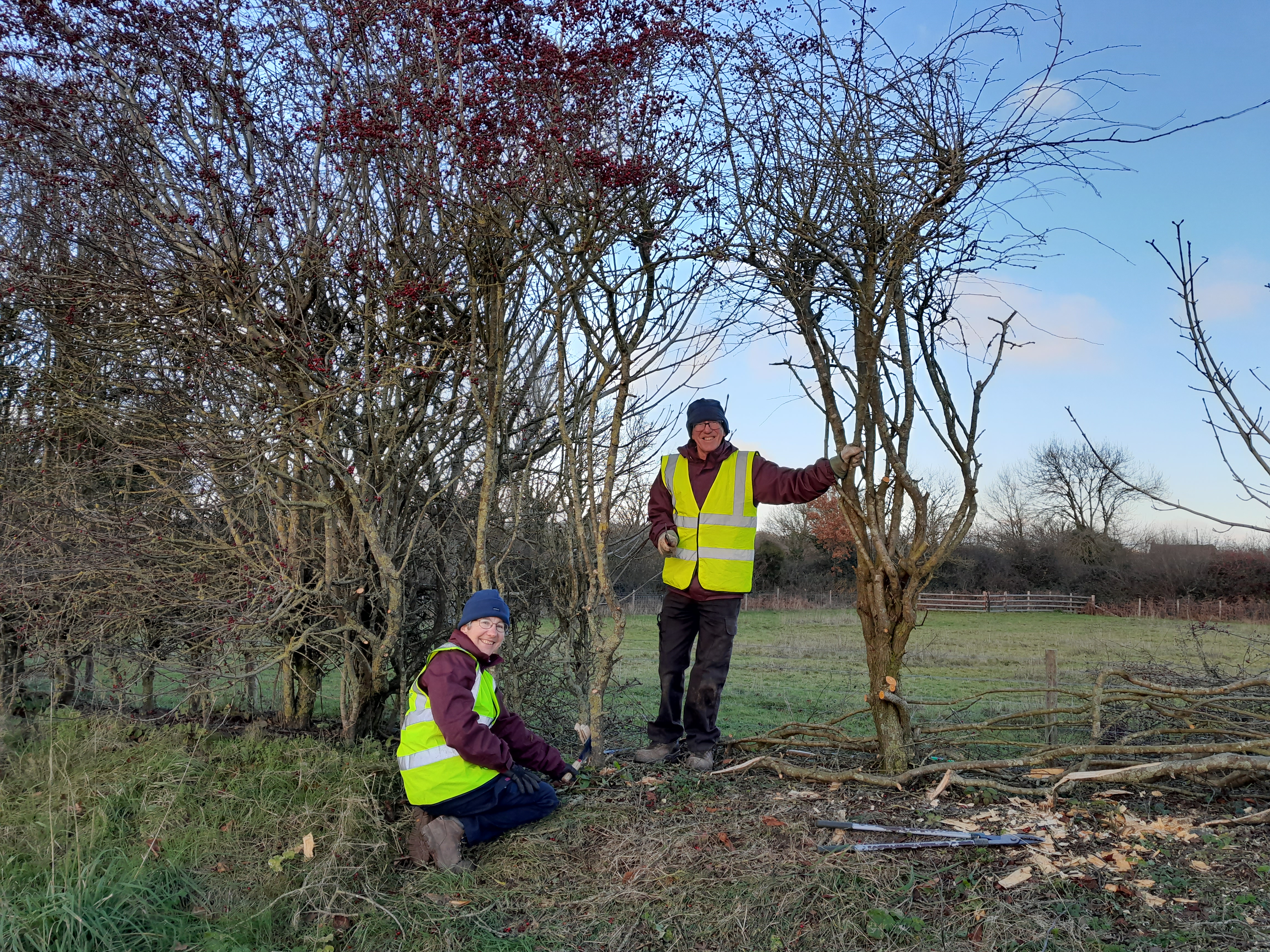
Pascal Bisson, Apprentice Ecology and Conservation Officer said: "In their native arid climates, donkeys may spend a lot of time foraging on nutrient-poor, coarse and fibrous vegetation. Here in Devon, hedges and woody vegetation allow our donkeys to express natural foraging behaviour that also provides them with a high fibre diet, keeping them happy and healthy."
The Donkey Sanctuary welcome new volunteers to help their Ecology and Conservation team enhance the biodiversity of the Sanctuary land and improve the landscape for donkeys and generations to come.
For more information, please contact the team on: conservation@thedonkeysanctuary.org.uk
For more stories from Jill Dando News click: http://www.goodnewspost.co.uk
Photos - The Donkey Sanctuary




